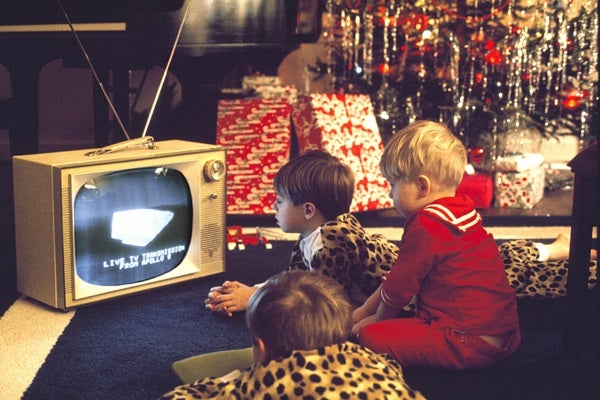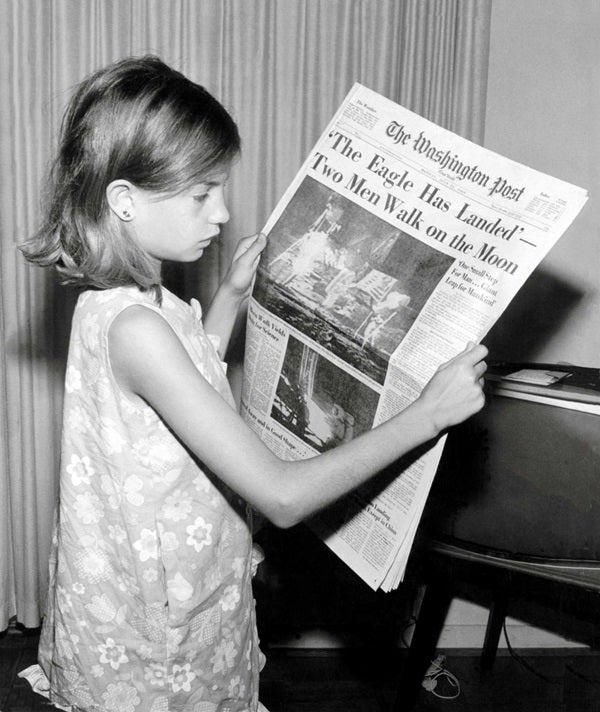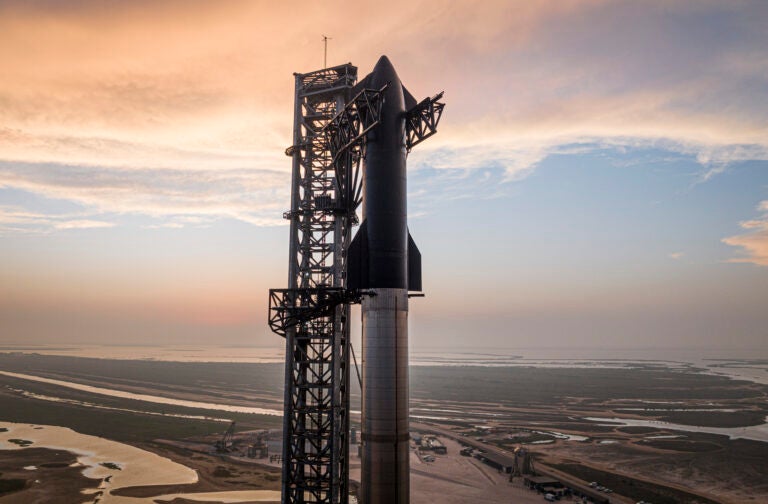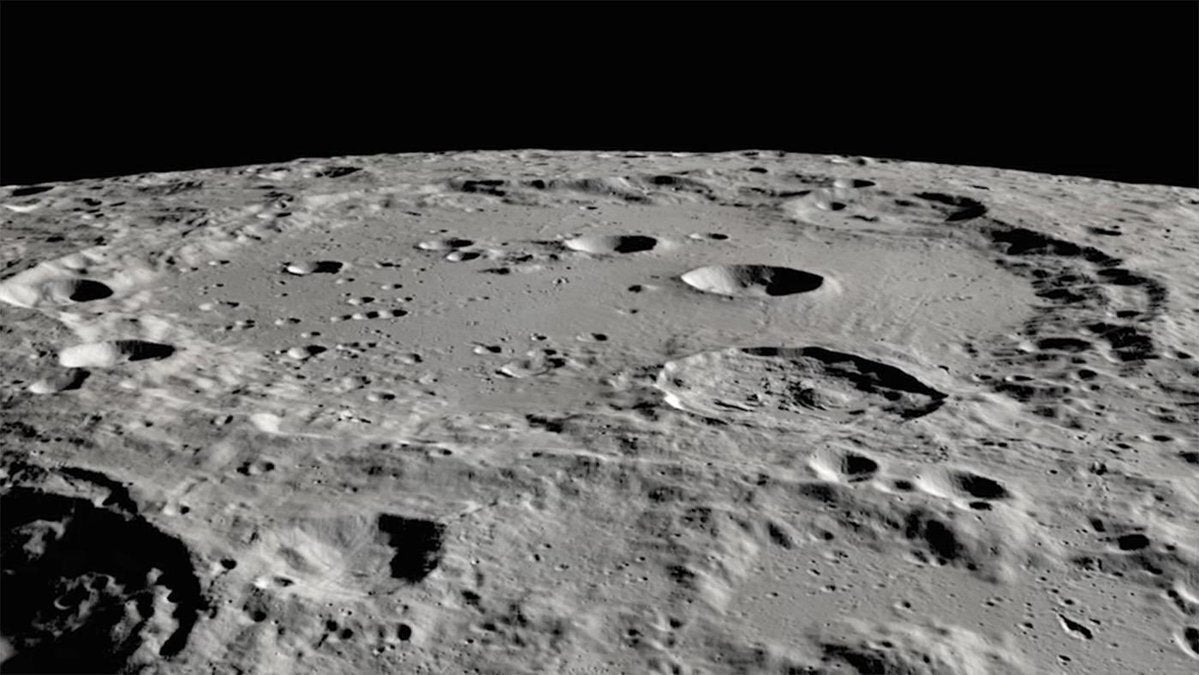An astronaut, a little hop, and a witty quote: Neil Armstrong’s first lunar footsteps are ingrained in the minds of all humankind. But that first Moon landing might not have been such a historic cultural moment if it weren’t for NASA’s savvy public relations team.
Richard Jurek is a marketing executive and co-author of the book Marketing the Moon: The Selling of the Apollo Lunar Program. He says NASA’s move to realtime, open communication made Apollo 11 “the first positive viral event that captured the world’s attention.”
Before NASA was established in 1958, rockets were the military’s purview; that secretiveness carried over into the agency’s early days. At first, NASA followed a “fire in the tail” rule, publicizing a rocket’s launch only when it was already in the air, preventing it from being tampered with or prepared for. But as the agency evolved, it started announcing more details about the Apollo program. It championed its astronauts, talked openly about mission goals and challenges, and shared launch times so people could watch.
“If it had been run like it was under the military,” Jurek says, “we would not have had that sense of drama, that sense of involvement, that sense of wonder.”
Instead, all the PR and press hype in the years ahead of Apollo 11 brought the human spaceflight program directly into people’s living rooms.
Along for the ride
Not everyone thought it was a good idea. The technology for airing live lunar missions, including cameras small enough for spaceflight, didn’t exist yet. Some engineers worried that developing that equipment would distract from efforts to achieve a lunar landing.
But NASA’s communications team argued that telling the story was just as important as the achievement itself. Live TV would bring the American people — and international viewers — straight to the Moon.
“I vividly recall watching the Apollo 11 landing and moonwalk at my parents’ home — it was incredibly inspiring,” says Alan Stern, principal investigator of the New Horizons mission to Pluto and beyond. “I think Apollo turned a huge number of my generation on to STEM careers and ultimately created the workforce that gave us things like the PC and internet revolutions.”
Come landing day, which conveniently fell on a Sunday night, more than half a billion people worldwide huddled around TVs and radios to tune in to the historic moment. “We were able to come together and do something that was exciting and interesting and brought the world together,” says David Meerman Scott, marketing strategist and co-author of Marketing the Moon. “I don’t know that we’ve done anything like that since.”











